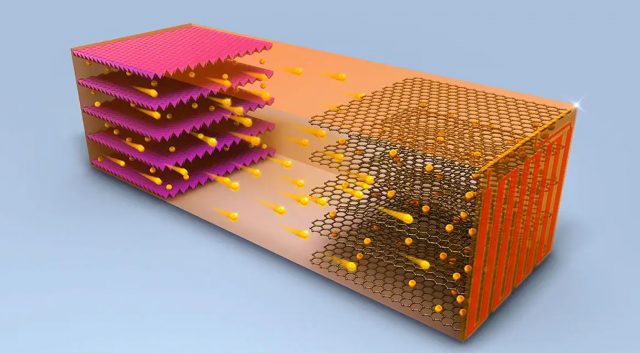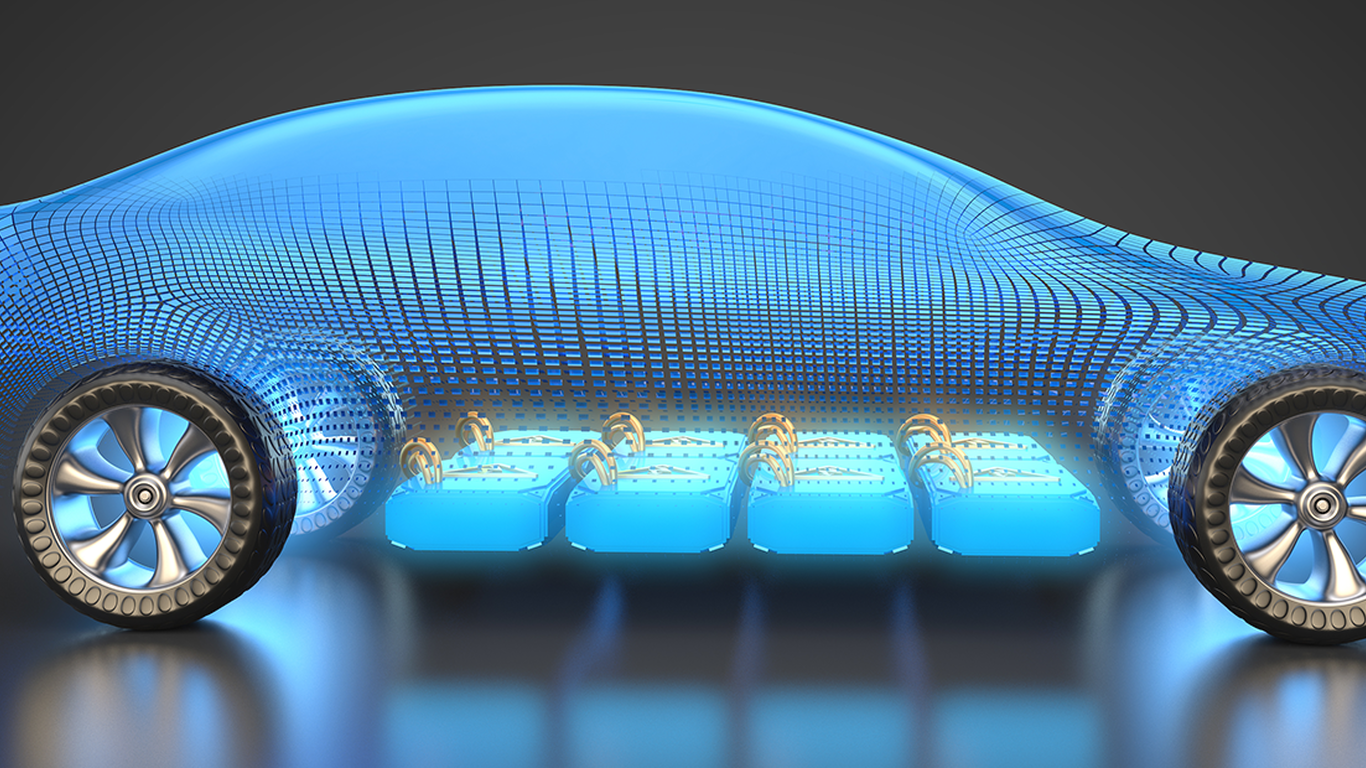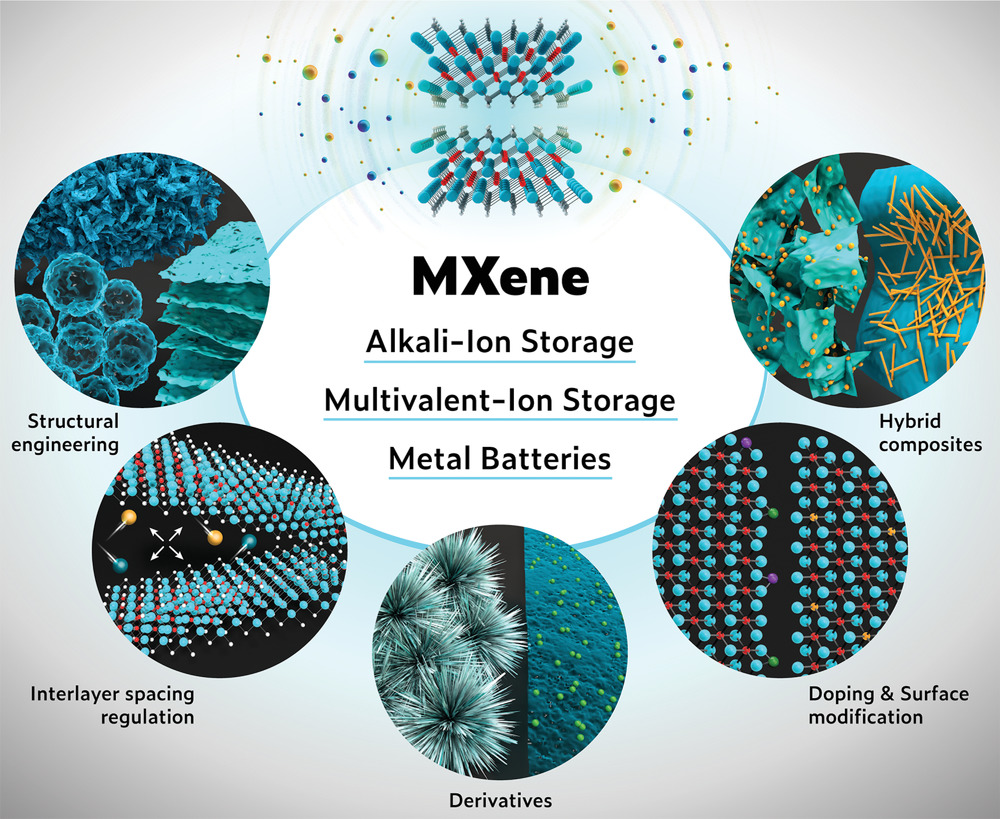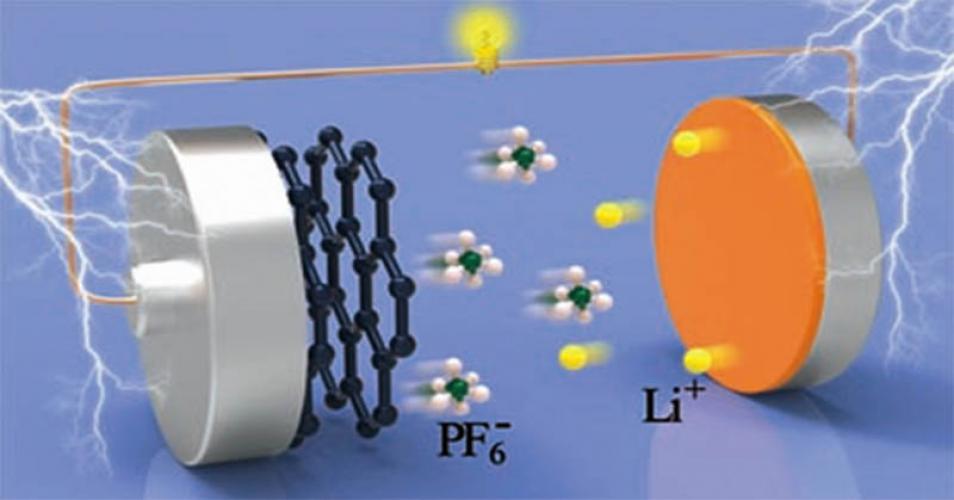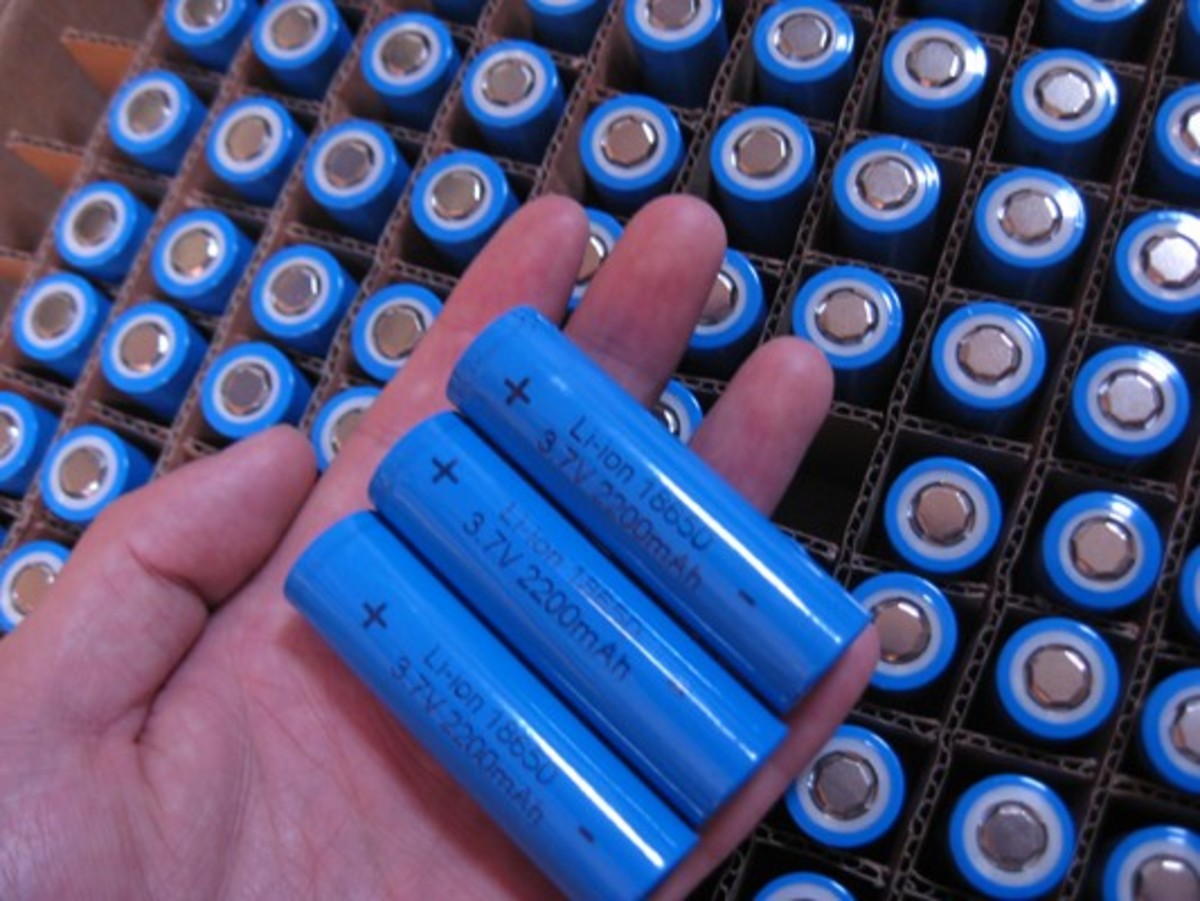| نویسندگان | Farshad Boorboor Ajdari, Fereshteh Abbasi, Ali Molaei Aghdam, Fatemeh Ghorbani Chehel Khaneh, Atefeh Ghaedi Arjenaki, Vahid Farzaneh, Aliakbar Abbasi, Seeram Ramakrishna |
|---|---|
| نشریه | Materials Science and Engineering: R: Reports |
| شماره صفحات | 100830 |
| شماره مجلد | 160 |
| ضریب تاثیر (IF) | 31.6 |
| نوع مقاله | Full Paper |
| تاریخ انتشار | 2024-07-16 |
| رتبه نشریه | علمی - پژوهشی |
| نوع نشریه | الکترونیکی |
| کشور محل چاپ | ایران |
| نمایه نشریه | SCOPUS ,JCR |
چکیده مقاله
Maintaining battery stability is the greatest concern for the next generation of electronic devices, such as automotive and foldable electronics. Advanced lithium batteries experience mechanical fracturing during cycling due to structural changes, reducing their lifespan. Self-healing properties can effectively mitigate this issue, thereby increasing the device’s durability. Utilizing intrinsic self-healing polymers (SHPs) is a prevalent strategy, addressing mechanical defects and enhancing electrochemical properties independently. This review begins with a discussion of the SHPs and their various mechanisms of self-healing capability, followed by a presentation of approaches and their strategies for competing with Silicon-based, Li-Metal, and Li-Sulfur batteries. SHPs or binders have a high potential to deal with the critical problems of cracks and volume change problems. Also, it discussed promising methods for employing self-healing materials to combat integrity and stability obstacles. It provided an overview of boosting Li-adsorbing systems, de-lithiation behavior, extending cycle life, and high retention capacity based on the coverage and interlayer binding role, increasing diffusion, and enhancing cycle

